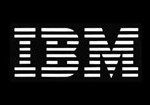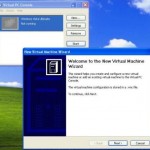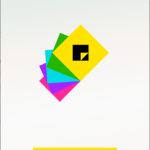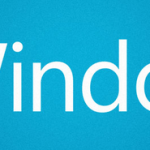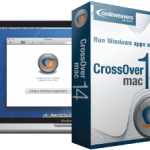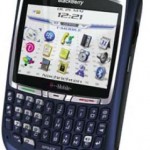Features of Lotus Domino and Notes 8.0:
- Expands the scope of the Lotus Notes work environment to include standards-based document editors, a Real Simple Syndication (RSS) editor and composite application support. Lotus Notes 8 customers can also easily link to other Lotus portfolio components such as social, collaborative content management, and unified communications software.
- Significant email enhancements have been added to help increase productivity and avoid information overload. Features include “Recent Contacts” and “Message Recall.” With Recent Contacts, users will get a one-click, dashboard view of recently sent emails and chats to quickly locate a key contact. The Message Recall feature will let users quickly recall an email message after it has been sent by mistake, saving a user from a potential conflict or miscommunication situation.
- Help users evolve from basic email to more significant collaboration activities. For example, with “Activities” from Lotus Connections, users can link to an application that organizes and shares email, instant messages, documents and many other items related to a particular activity or project into one logical unit, bridging the “silos” of traditional communication tools. Inspired by IBM researchers and developed by Lotus, Activities uses Web 2.0 technologies such as Backpack, Atom, Tagging, REST, Ajax and JSON to deliver a lightweight, web-based collaboration offering.
- IBM Lotus Connections, Lotus’ newly announced social software portfolio, empowering users to add structure to tasks that are informal and highly collaborative.
- Able to use productivity editors that support the Open Document Format (ODF) at no additional cost with IBM Productivity Editors.
- Easier access to business critical applications: IBM Lotus Notes 8 contains features that will help users more quickly find information contained in different applications so they can more completely “live and work” within Notes e-mail. The new standards-based architecture of Lotus Notes 8 will provide a fully integrated environment that puts commonly used applications such as spreadsheets, Lotus Notes, IM, at the users’ fingertips. Unlike many other vendors’ products, Lotus Notes 8 provides the ability to work offline in “disconnected” mode with email, the corporate directory, free time search, blogs or custom applications used during the business day.
- The ability to run existing Lotus Notes applications in the new version of Lotus Notes and Domino without modification: Unlike some competitive products, Lotus Domino 8 will require no rip and replace upgrades, no forced migration and no need to purchase new hardware or upgrade the operating system. Lotus Domino has been designed to handle the compatibility of data from release to release consistently and to enable users of older versions of Notes to easily take advantage of Lotus Notes 8 functionality.
- Open standards and cross-platform support with a native look and feel: The Lotus Notes 8 client can run on many supported operating systems, including Microsoft Windows, Apple Macintosh and Linux. Based on the open Eclipse standard, Lotus Notes 8 has been designed to give users a native experience on each of the platforms. The Domino 8 server also runs on a wide variety of operating systems: Microsoft Windows, Linux, IBM AIX, Sun Solaris, IBM iSeries, IBM zSeries.
- Improved capabilities of Domino 8 server: Domino 8 will provide administrators with new Lotus Notes 8 provisioning and many improved management capabilities. Also included are an improved out of office notification; better server efficiency by reducing both disk and CPU usage; extended Web services support; and the inclusion of a limited use license to IBM Tivoli Directory Integrator, which can be used to synchronize with Domino Directory in a multi-directory organization.
- Composite applications that open the door to a whole new level of Lotus Notes development: By building Lotus Notes 8 on an Eclipse-based framework, developers and ISVs will be able to create Lotus Notes applications that link together multiple systems in ways they never could before to create useful enterprise mash-ups. For example, on a single screen developers could link a Domino based Sales application with a Human Resources system running on another platform.
Download IBM software trials and demos page. Registration with IBM user ID required.

